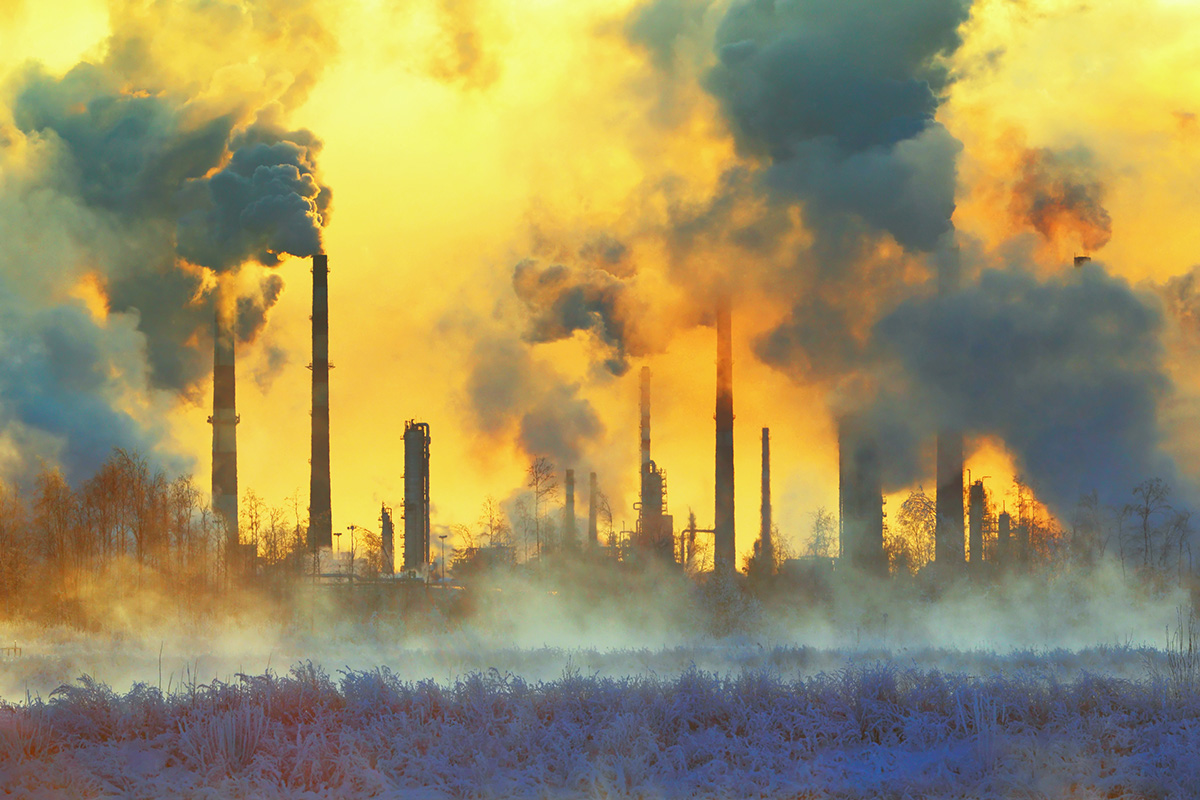
How much CO2 and other pollution comes from burning coal?
How much CO2 and other kinds of pollution would be released if we powered a 100-watt lightbulb for a year using electricity from a coal plant? Let’s dig in.

How much CO2 and other kinds of pollution would be released if we powered a 100-watt lightbulb for a year using electricity from a coal plant? Let’s dig in.

The advantages are no longer just about going green, as solar will be cheaper for nearly everyone over time. Outlined below are some of the best resources to help answer your questions about solar energy and find the right solar installer for your needs.

Burning coal creates CO2, NOx, SO2, mercury, and uranium. Coal also uses large amounts of land and water. See how 1 MWh of coal power impacts the environment.
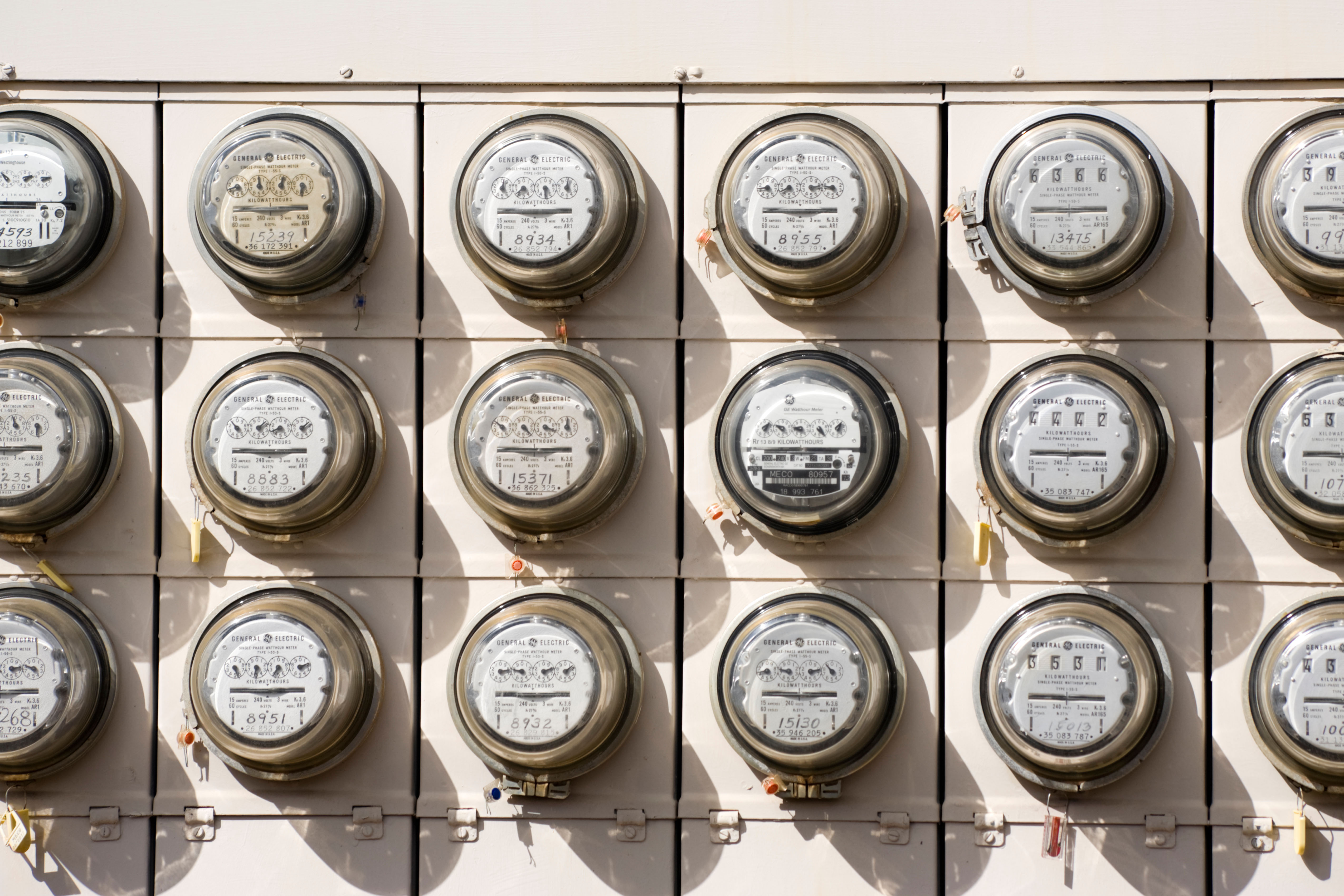
A megawatt-hour is one of the most common measures of electricity. What is it, how does it relate to a megawatt, and how is it created?
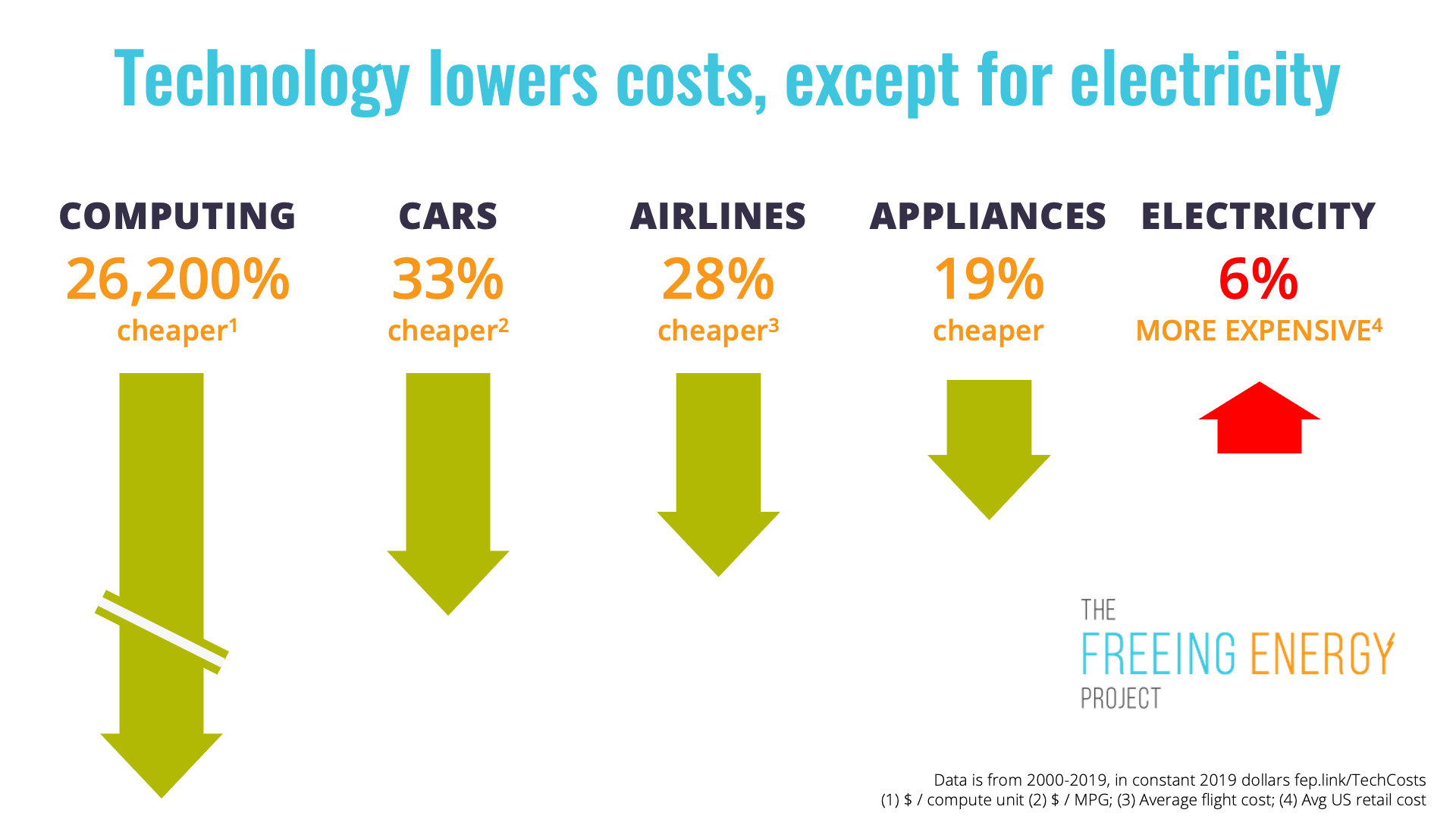
Thanks to technology, industries like transportation, food, and data processing are more affordable than ever before. But there is one technology-heavy industry where prices have been going up… electricity.

Part of our Freeing Energy 101 series: a basic introduction to electricity. The article uses water as an analogy to explain voltage, current, resistance, AC, DC, power, and energy.
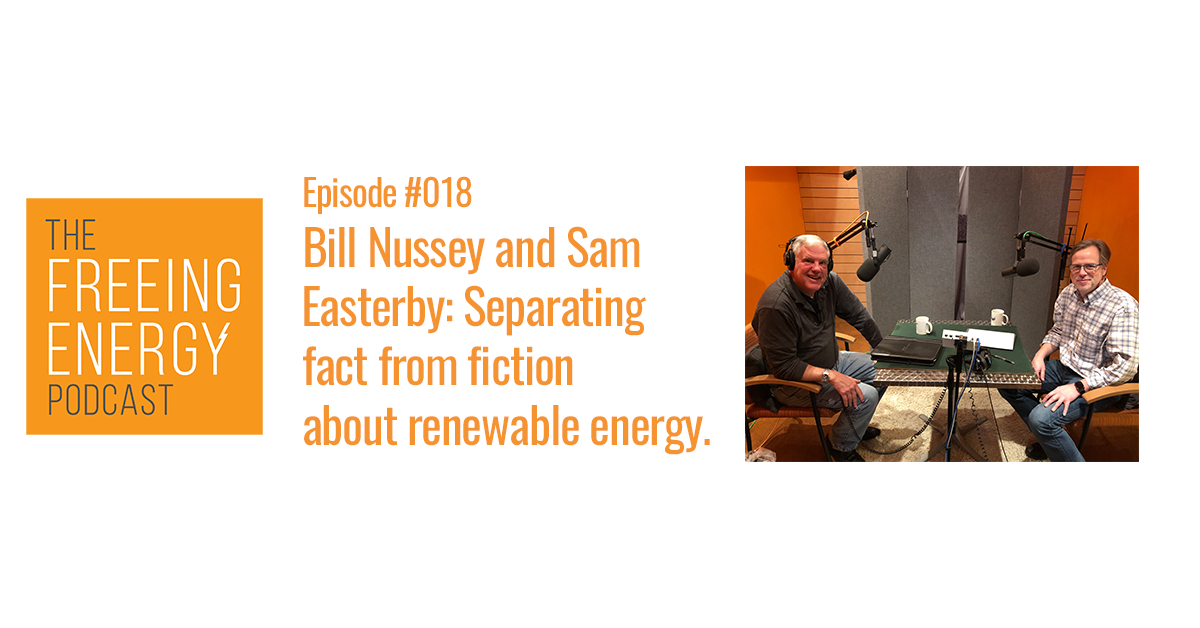
The solar market is experiencing explosive growth. Freeing Energy Hosts Sam Easterby and Bill Nussey talk about the long term environmental impacts of solar. Is there really enough land and how will we dispose of the panels when they need to be retired?
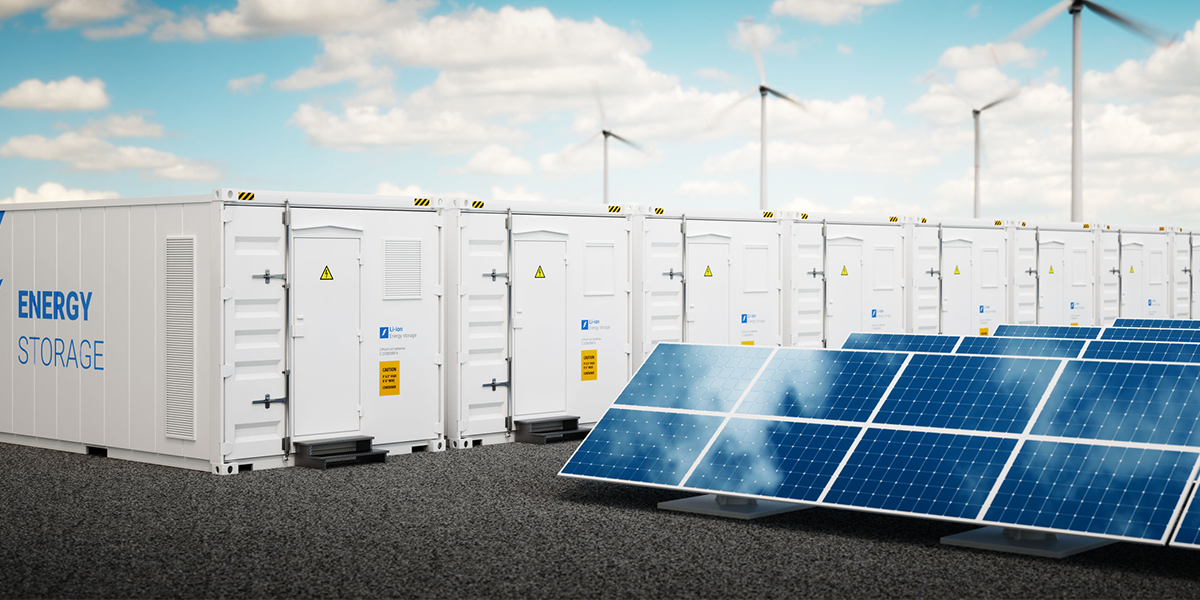
A future powered by clean energy requires batteries to balance the intermittency of solar and wind. Experts say those batteries will be too expensive. Fortunately, by thinking differently, a clean energy future may be possible sooner than they think.
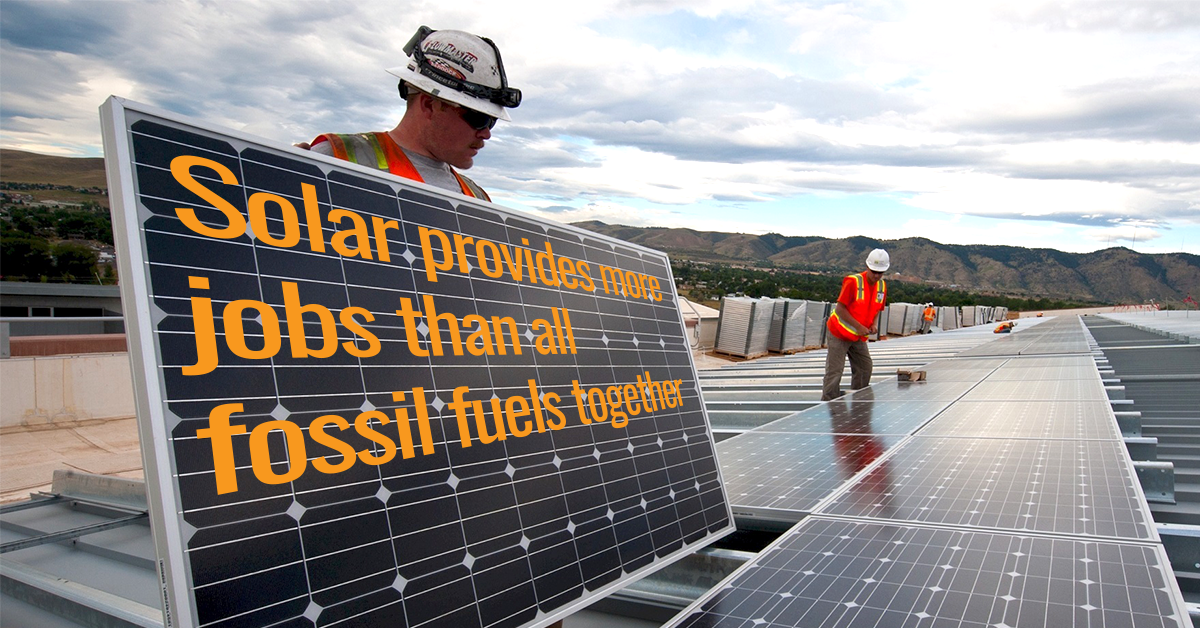
With all the attention on coal employment, you might think that coal has the biggest share of energy jobs, right? Not by a long shot. Data from United States Energy Employment Report and the Solar Foundation tell a very different story.
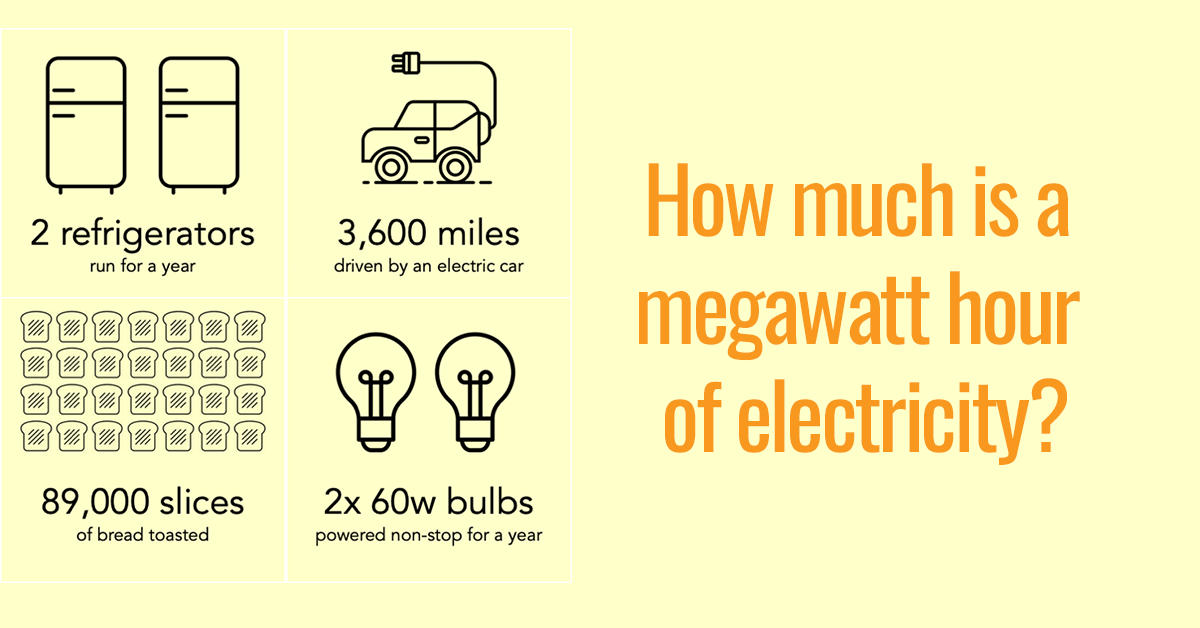
A megawatt hour, like it’s little sibling, the kilowatt hour, is a measure of electricity. But just how much is it? How long will it light a bulb? How far can it drive an electric car?

Coal began as dead plants that fell to the bottom of vast swamps millions of years ago. Which countries have the biggest reserves and which burns the most?

From old steamboats to the mines of Appalachia, to World War II, to the oil crisis of 1973, coal has played an easily overlooked but surprisingly foundational role in building America and the world.
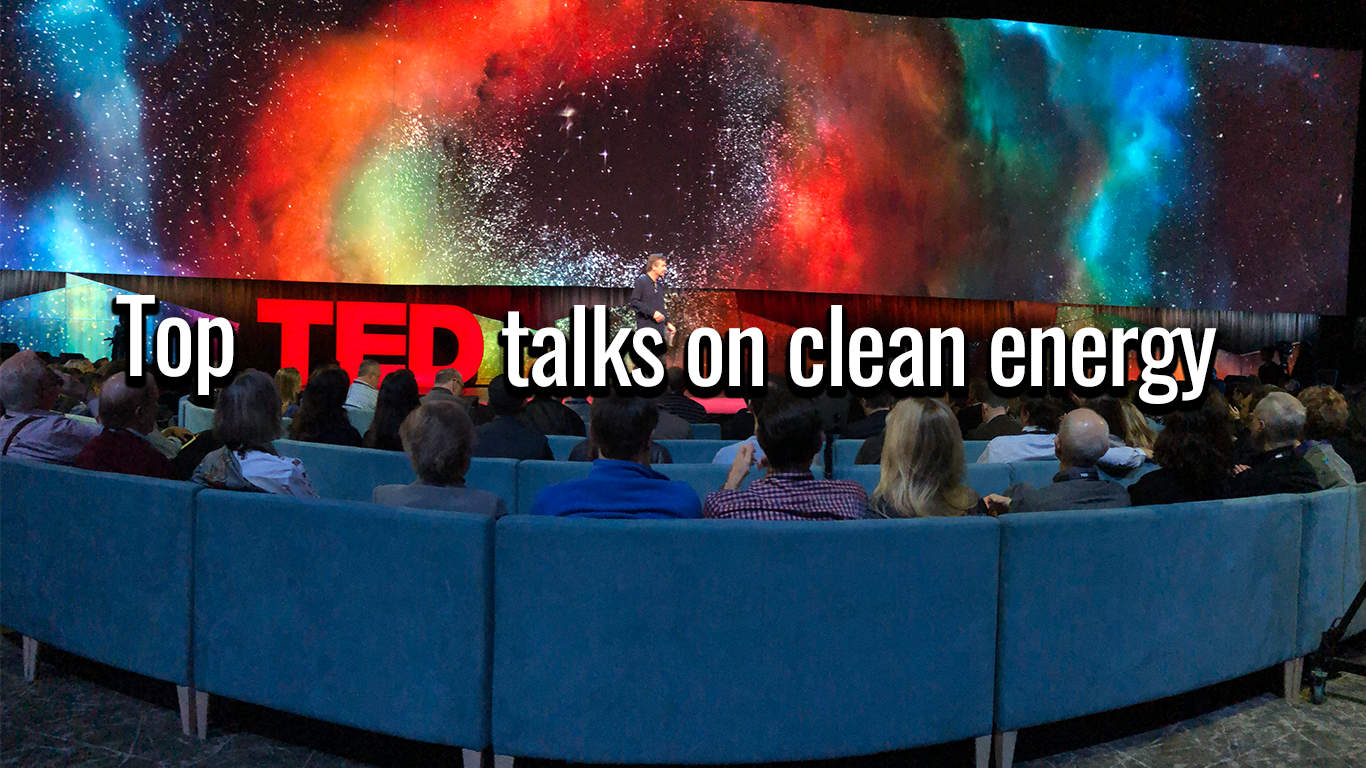
Over my 20 years attending TED, there have been a handful of mind-blowing talks on clean, renewable energy. A few of the talks were so powerful, they became catalysts on my own journey into this amazing new industry.

Taking your house or business entirely off-grid and powering it with clean energy isn’t easy today but these four steps are 100% achievable with current technology. And, before we know it, going off-grid will be as easy as installing a new air conditioner.
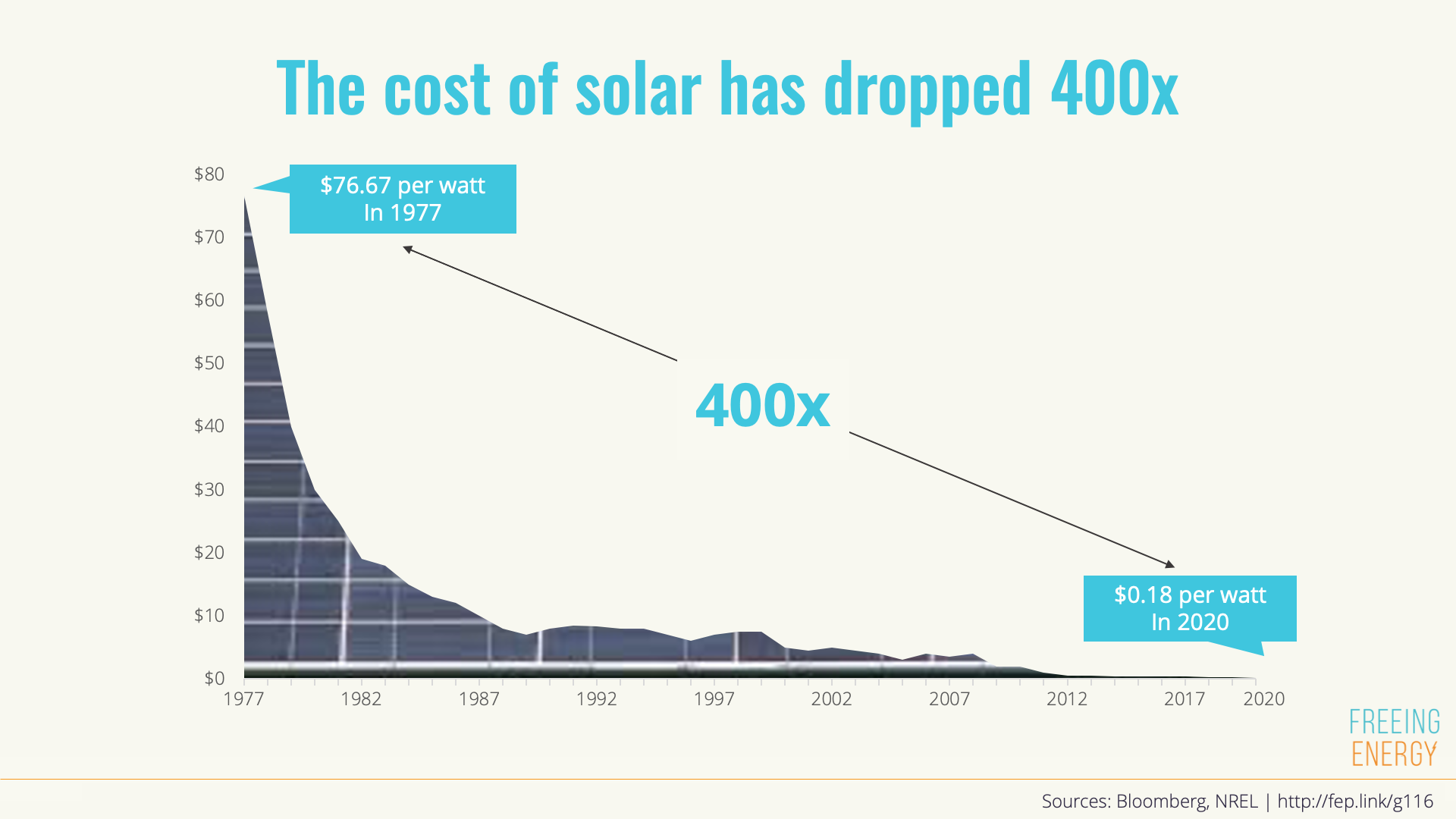
The price of solar cells has dropped 300-fold over the last four decades. What is driving this incredible decline and what does it predict for the years to come? Can solar really become the least expensive source of electricity in the long run?

The shift from fossil fuels to clean energy may prove to be the largest and most disruptive energy transition in history. Solar and batteries will unlock the century-old electric monopolies, unleashing a new era of innovation, entrepreneurship and customer choice.
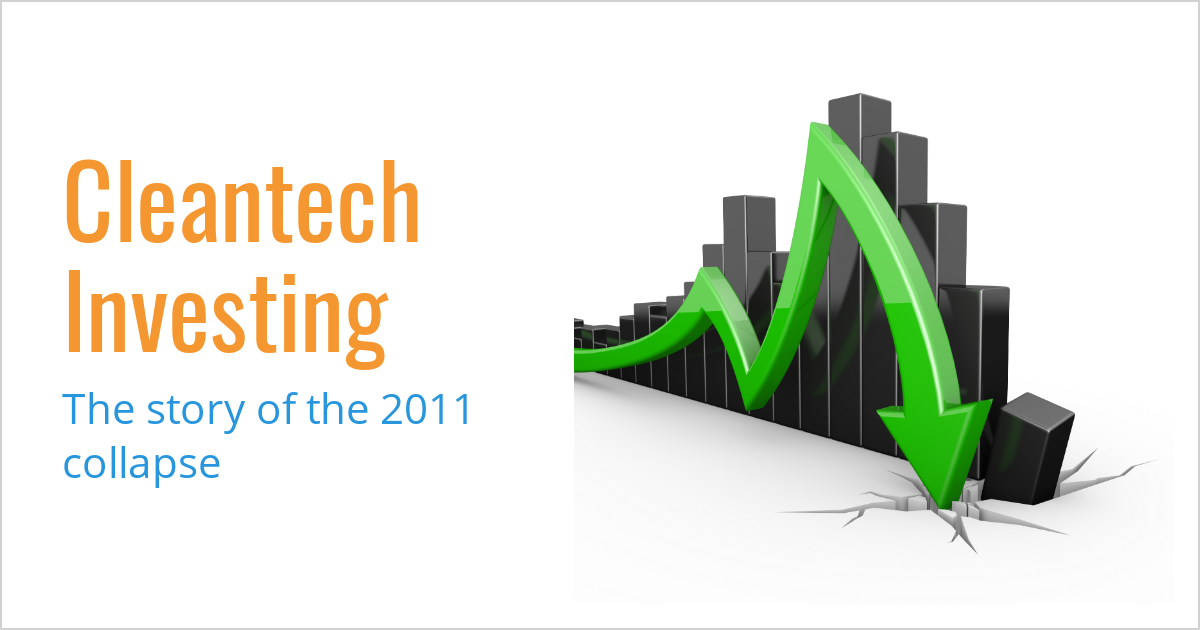
Clean energy is one of the largest business opportunities in history. But, in 2011, the US venture capital industry lost over $10 billion betting on it. What led to this cleantech collapse? And what did we learn as funding for cleantech is on the rise again?
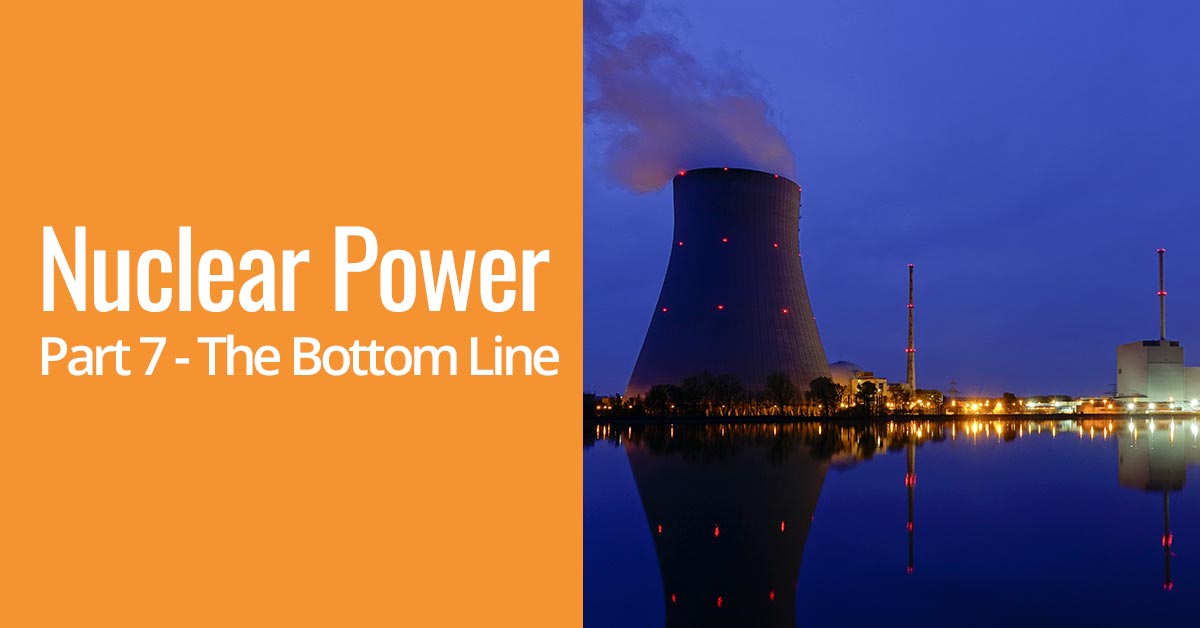
Nuclear power is the most divisive and debated of all electric generation solutions. Critics say Fukushima and Chernobyl prove it is too dangerous. Supporters say there is no other proven way to generate huge amounts of carbon-free, baseload electricity. So, what is the answer? Should we step up our adoption of nuclear power or shut it down altogether?
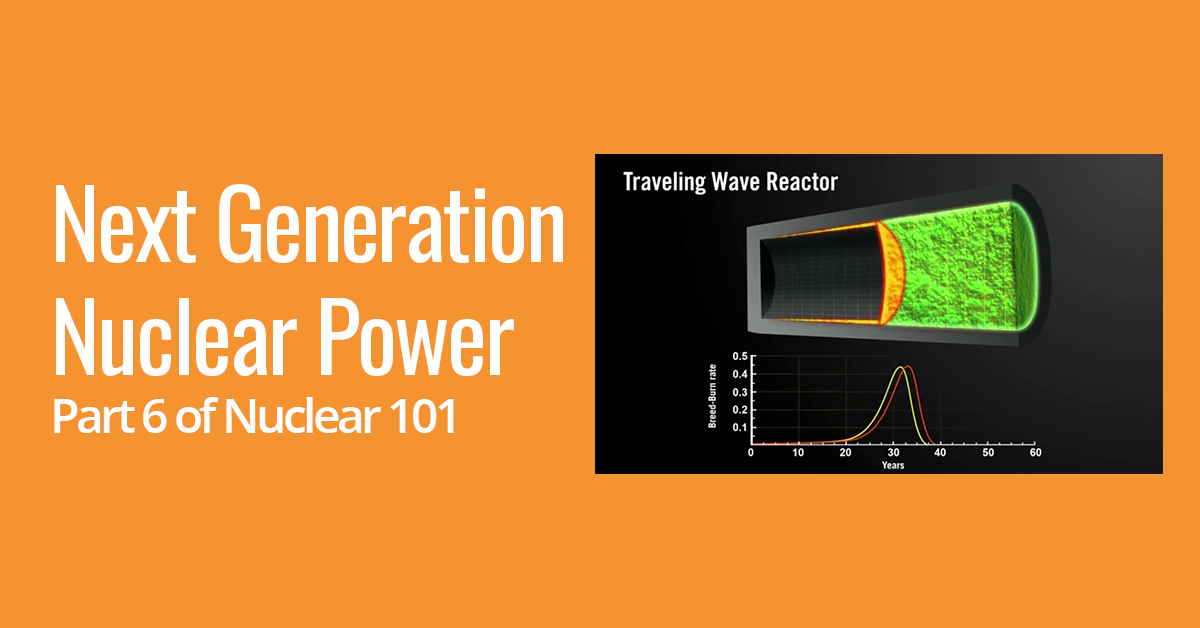
For nuclear power to achieve its promise as a source of global-scale, rock-steady, emissions-free power, new approaches are needed. To understand how nuclear power can rise again, we need to take a look at fusion, small modular reactors, traveling wave reactors and more.
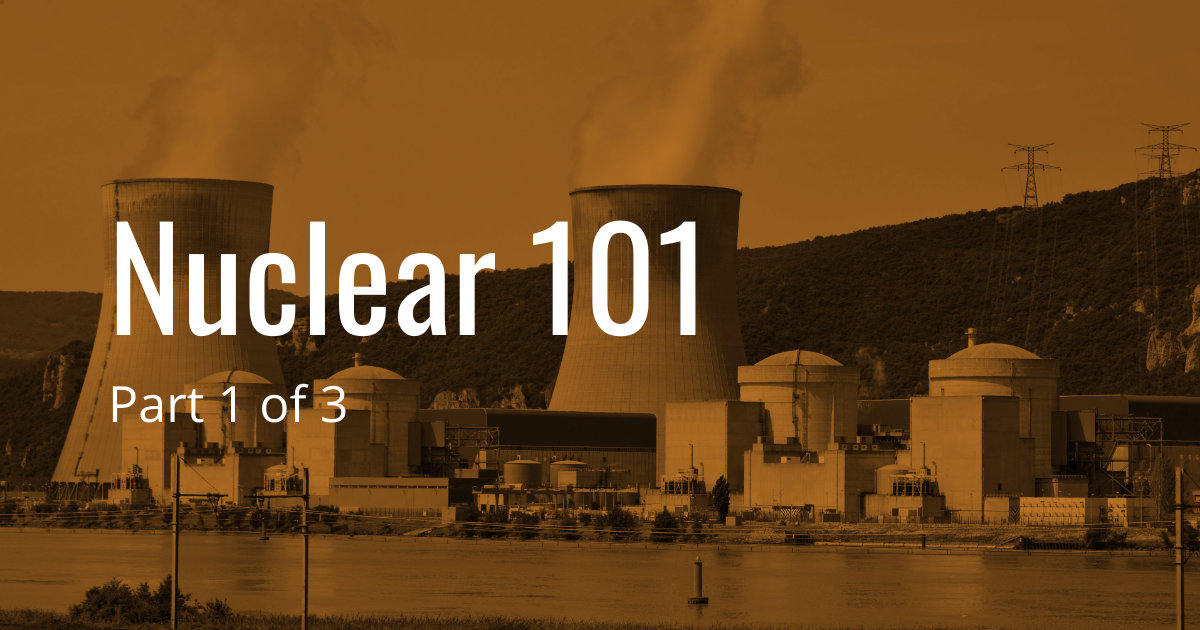
While nuclear may be a greenhouse gas-free source of energy, it is far from the most cost-effective way of generating electricity.
© 2021 All rights reserved